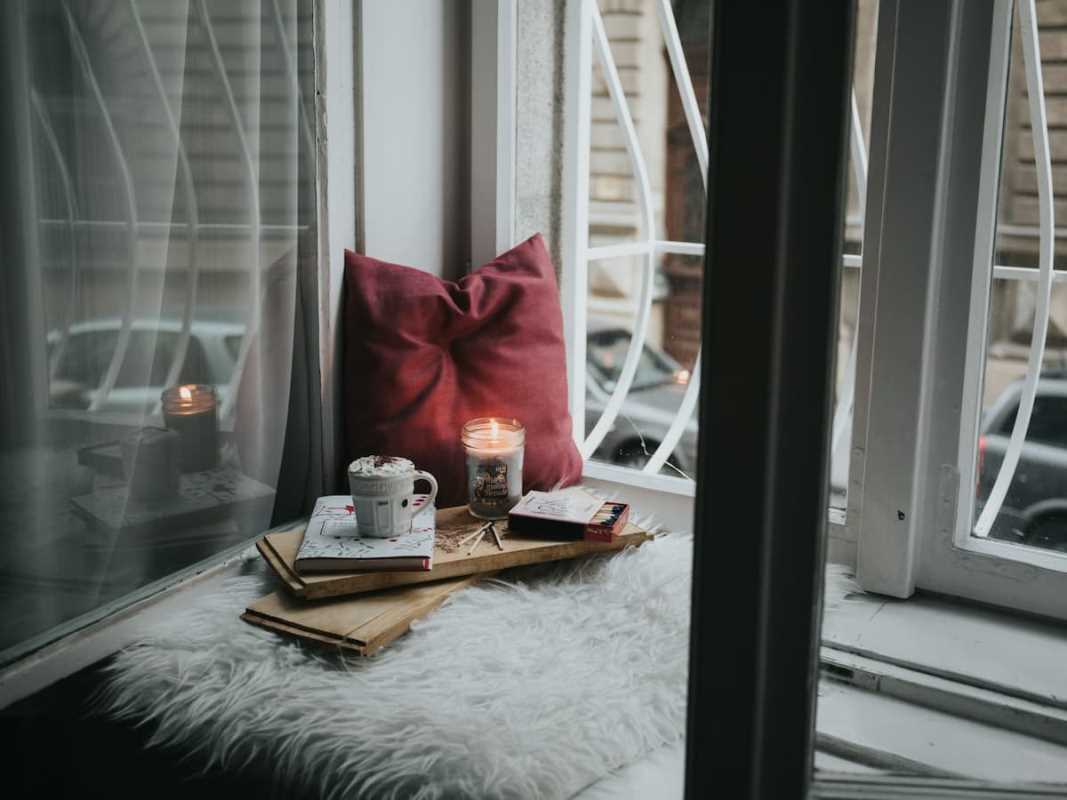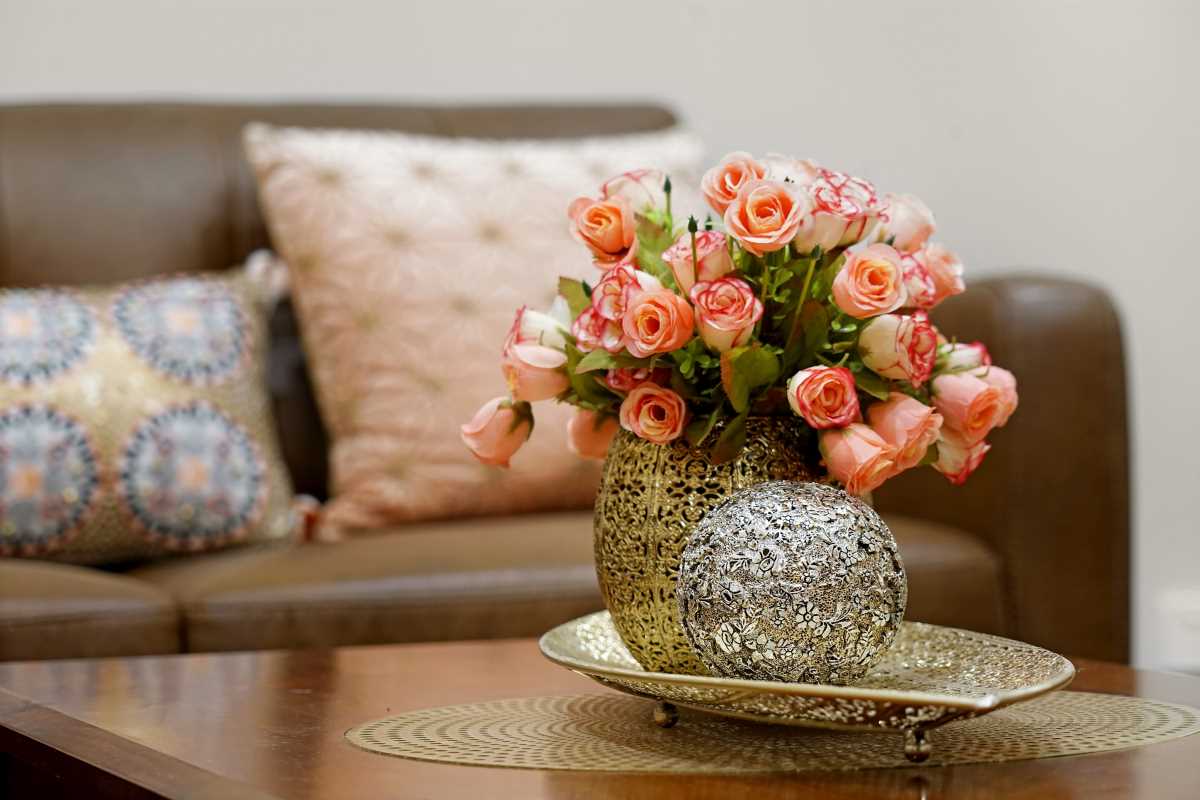Creating a home that feels genuinely inviting is an art form, but it has less to do with expensive furniture or a massive renovation budget and more to do with thoughtful details. An inviting home is one that embraces you the moment you walk through the door, making you feel instantly at ease. It’s that certain something, a blend of comfort, personality, and warmth, that makes guests want to kick off their shoes and stay a while. It’s the difference between a house that looks like a pristine showroom and a home that feels lived-in, loved, and ready for company.
The good news is that you don’t need to be an interior design guru to cultivate this welcoming atmosphere. Often, the most impactful changes are the simplest and most intuitive ones. It’s about engaging the senses and creating a space that feels as good as it looks. From the way the light falls in a room to the subtle scent that greets you at the door, these elements work together to send a clear message: “Come in, relax, and make yourself at home.” Let’s explore some simple yet powerful ways to transform your living space into a haven of hospitality.
Master the Art of Lighting
Lighting is one of the most powerful and frequently overlooked tools in making a home feel inviting. Harsh, overhead fluorescent or single-bulb fixtures can cast unflattering shadows and create a cold, sterile environment, akin to a dentist's waiting room. The secret to a warm and welcoming space is layered lighting. This means using multiple sources of light at different heights to create a balanced, ambient glow. Instead of relying on one powerful ceiling light, incorporate a mix of table lamps, floor lamps, and perhaps some accent lighting like sconces or picture lights. This approach eliminates dark corners and allows you to adjust the mood of the room to suit any occasion.
The key is to opt for warm-toned light bulbs. Look for bulbs with a color temperature in the 2700K to 3000K range, which emit a soft, yellowish hue that mimics the cozy glow of candlelight or a fireplace. Putting your main light sources on dimmer switches is another game-changing move. Dimmers give you complete control over the intensity of your lighting, allowing you to transition from bright and functional for cleaning or tasks, to low and intimate for a relaxing evening. By strategically layering warm, dimmable light, you can instantly make any room feel softer, more comfortable, and infinitely more welcoming.
Engage the Senses with a Signature Scent
Our sense of smell is powerfully linked to memory and emotion, which makes scent a crucial element in creating an inviting atmosphere. A pleasant, subtle fragrance can make a home feel clean, fresh, and intentionally cared for. The goal isn't to overwhelm visitors with a blast of artificial air freshener but to create a gentle, background aroma that enhances the feeling of comfort. This can be achieved through various natural methods that add a touch of understated elegance to your space.
Consider using essential oil diffusers with calming scents like lavender, sandalwood, or a gentle citrus blend. Scented candles made from soy or beeswax not only provide a beautiful fragrance but also add the warm, flickering ambiance of a real flame. For a more organic approach, try simmering a pot of water on the stove with cinnamon sticks, cloves, and orange peels for a classic, comforting aroma that will fill your entire home. Even something as simple as a vase of fresh flowers, like lilies, eucalyptus, or hyacinths, can introduce a natural, beautiful scent while also serving as a lovely decorative element.
Incorporate Natural Elements and Greenery
Bringing the outdoors in is a surefire way to breathe life and warmth into your home. Plants and other natural materials have a calming, grounding effect that makes a space feel more organic and less staged. A few well-placed houseplants can do wonders for a room, adding a pop of vibrant color, purifying the air, and introducing a sense of vitality. You don't need to turn your living room into a jungle; even a few low-maintenance plants like snake plants, pothos, or ZZ plants can make a significant difference. Place them in corners, on shelves, or as a centerpiece on a coffee table.
Beyond houseplants, incorporating natural materials throughout your decor can enhance this effect. Think about textures and finishes. A chunky wool throw blanket, a woven jute rug, a wooden serving bowl, or linen curtain panels can add layers of warmth and tactile interest. These elements break up the monotony of smooth, hard surfaces and create a more comfortable, lived-in feel. The subtle imperfections and organic qualities of natural materials connect us to the world outside and make our indoor spaces feel more serene and welcoming.
- Layer Your Lighting: Use a mix of table lamps, floor lamps, and overhead lights with warm-toned bulbs and dimmers.
- Find Your Scent: Choose a subtle, signature scent for your home using diffusers, quality candles, or natural sources like flowers or simmering spices.
- Add Greenery: Incorporate a few easy-care houseplants to add life, color, and better air quality to your rooms.
- Soften with Textiles: Use plush rugs, soft throw blankets, and decorative pillows to add comfort and texture.
- Declutter Thoughtfully: Remove excess items to create a sense of calm and order, but leave out personal touches that tell your story.
- Create a Welcoming Entry: Pay attention to your entryway with a clean doormat, clear surfaces, and good lighting.
Soften the Space with Textiles
A room without textiles can feel cold, hard, and echoey. Fabrics are essential for absorbing sound and adding physical and visual softness, which is crucial for creating a comfortable and inviting atmosphere. Think about the places where you and your guests will sit and stand. A plush area rug can anchor a seating arrangement, define a space, and provide a soft surface underfoot. It immediately makes a room feel cozier and more finished. Don't be afraid to layer rugs for an extra dose of texture and personality.
Beyond the floor, use textiles to add comfort throughout the room. Drape a soft throw blanket over the arm of a sofa or the back of a chair. It’s not just a decorative touch; it’s an open invitation for someone to get cozy. Piling a generous number of pillows on your couch and armchairs also signals comfort and relaxation. Mix and match different textures, sizes, and patterns to create a look that is stylish yet approachable. Finally, consider your windows. Soft curtains or fabric shades do more than just provide privacy; they frame the view and soften the hard edges of the window frame, completing the room's warm and welcoming embrace.
Declutter and Personalize Thoughtfully
There is a fine line between a home that is cluttered and one that is filled with personality. An inviting home manages to find the perfect balance. Clutter creates a sense of chaos and stress, making it difficult for both you and your guests to relax. Start by clearing surfaces, countertops, coffee tables, and entry tables, of unnecessary items like junk mail, old magazines, and miscellaneous odds and ends. A space that is organized and easy to navigate immediately feels more peaceful and welcoming. This doesn't mean your home has to be sterile or empty; it just means everything should have its place.
Once you’ve cleared away the clutter, it’s time for the fun part: personalization. An inviting home tells the story of the people who live there. Display items that are meaningful to you. Frame and hang photos of family and friends, showcase artwork you love, or arrange a collection of books on your shelves. A stack of interesting coffee table books or a unique souvenir from your travels can serve as a great conversation starter. These personal touches are what transform a generic space into a warm, unique home that reflects your identity and makes guests feel like they’re getting to know you better, simply by being in your space.






